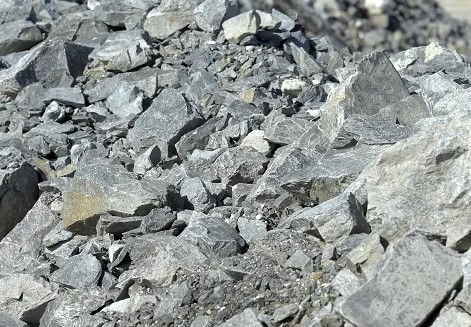Lithium Useage and Mining
The battery metal of choice
The lithium industry is dynamic and fast-paced, and the supply chain is huge. There are numerous facets of lithium mining, including mining, transport, and environmental impacts. Lithium projects are developing in several U.S. states and are varied in their geographic and technical location. It is critical that the U.S. develop a domestic supply chain to address the many challenges in lithium mining.
The main ways to extract lithium from brines are direct and indirect methods. Direct extraction, for example, uses almost no water. Reusable ion exchange beads can extract dissolved metal from brines and use this water instead of outside water sources. In addition to these environmental and cost benefits, direct lithium extraction can also help protect local ecosystems. Despite these risks, the world's lithium supply is limited. Companies are constantly demanding safer, longer-lasting batteries for their products.

The mining process requires large amounts of water, as much as 500,000 gallons of water is used for each ton of lithium. As a result, the process of lithium mining is depleting water resources for both the local communities and wildlife. A tonne of lithium produced by mining is enough to provide water for about 3,500 people for a year. But there are many more negative impacts associated with the lithium mining process. The mines are also affecting local farmers' livelihoods.
The Lithium Triangle is an area in South America where about half the world's supply of lithium is mined. It is also one of the driest places on earth, and mining it involves pumping brine to the surface. Because the area is so arid, lithium mining is an expensive process, and opponents are quick to point out that the country is impoverished and there are no natural resources nearby.
Lithium Market Size The electric car market is one of the largest opportunities for increasing the use of lithium. A modern electric car uses five times the amount of lithium as a smartphone, and some high-range electric cars use as much as ten thousand. The rapid growth in electric cars will increase the total demand for lithium. The lithium market will only increase further. It is estimated that there will be more than two million electric cars on the road by 2030. If the demand for lithium continues to grow, the total consumption of lithium could increase by 420 thousand tons per year.
Day trading articles
- Articles menu
- Daytrading
- Pivot Points
- Dow Jones History
- Elliott Wave Basics
- Mind The "Gap"
- Commodity Trading
- Oil Futures Details
- Oil Economics
- Natural Gas
- Copper
- Cryptocurrency
- Valuation of Oil
- What is Spot Gold Price?
- Trading Gold Prices
- About Foreign Exchange
- About Money Transfers
- Origin of the FTSE 100
- AIM All Share Index
- Aluminum, Lead & Zinc
- Lithium and Mining
- Uranium, Rhodium,Cobalt
- Iron Ore, Nickel, Tin
- The Dow and Nasdaq Index
- About Hang Seng Index
- Chart Indicators
- Long Term Charts
LIVE INDEX CHARTS
- Dow jones chart
- S&P chart
- Nasdaq comp chart
- Nasdaq 100 chart
- Dax 40 chart
- Cac40 chart
- Swiss smi chart
- Nikkei chart
- Vix chart
- Hang seng chart
- Australia ASX chart
- Spain 35 chart
- Euro Stoxx 50 index
- Nifty 50 index
OIL AND METAL CHARTS
- Gold chart
- Silver chart
- Copper price chart
- Platinum price chart
- Palladium price chart
- Crude oil chart
- Brent oil chart
- Natural Gas chart
- Wheat Futures chart
FOREX CHARTS
- EUR/USD chart
- GBP/USD chart
- USD/JPY chart
- USD/CHF chart
- AUD/USD chart
- EUR/JPY chart
- GBP/JPY chart
- USD/CAD chart
- GBP/CHF chart
- EUR/GBP chart
- GBP/EURO chart
- EUR/CHF chart
- US Dollar Index
- Global currencies
CRYPTOCURRENCY
- Bitcoin Chart
- Bitcoin Euro Chart
- Bitcoin GBP Chart
- Ethereum Chart
- Ethereum Euro Chart
- Litecoin Chart
- Litecoin Euro Chart
- BNB Live Chart
- BNB GBP Price
- Shiba Inu Chart
INDUSTRIAL METALS
- Nickel price
- Iron Ore price
- Rhodium price
- Uranium price
- Aluminum price
- Lithium price
- Lead price
- Tin price
- Cobalt price
- Zinc price


